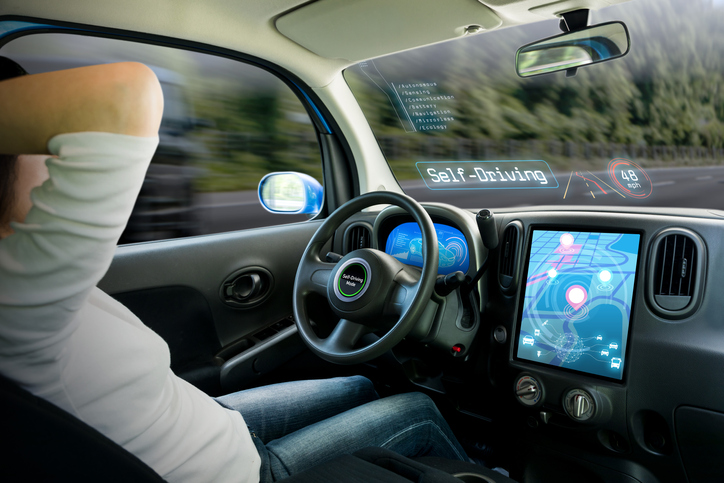
Hands-Free Driving Is Becoming Popular- But Is It Safe?
Of late, the newfangled idea of trying out hands-free driving is becoming increasingly popular. It’s like – you leave the wheel for the love of Mike, but hey, keep your eyes open! Whether you like it or not, this craze of hands-free driving is in increased prevalence on the roads. That said, most top-notch automakers these days offer the option of hands-free driving as a choice or subscription.
You name the brand, and they have it. GM’s SuperCruise, Ford’s BlueCruise, or Nissan’s ProPilot – all and more are in demand.
Recently, GM’s Executive Director of Advanced Driver-Assist Systems (ADAS), Andrew Farah, conducted a public education campaign. In the event, Farah explained in depth what hands-free driving is all about when it comes to SuperCruise.
The Executive mentioned the importance of understanding the clear distinction between what SuperCruise is capable of doing and what it isn’t. In an interview, Farah said, “You are still the driver of the car. And that is why we don’t refer to those systems as autonomous.”
It is a fact that most people face difficulty in differentiating between ADAS and fully automated driving systems. The obvious question in the minds of people is – when the car controls acceleration, brake, and lane centering while monitoring blind spots and your hands are always off the wheel, what’s the harm in calling it self-driving or autonomous?
A similar issue lies in the case of Tesla. It says “Full Self-Driving” is not a self-driving system. In this case, drivers need to be in constant touch with the steering wheel and their eyes on the road. The in-built mechanism will frequently prompt the driver to take necessary action when the system doesn’t know what to do. Farah says the same applies to SuperCruise, which is – a “Hands-free Eyes-on” system.
According to GM, nearly 80,000 Super Cruise-enabled cars are on the road today; it is expected to add 22 more models by the end of the year. On the contrary, Ford says there are 225,000 vehicles equipped with the BlueCruise system that have covered a cumulative 100 million miles.
However, when we look at Tesla, the numbers are simply stunning. According to the company’s latest report, nearly 400,000 vehicles in the US and Canada have access to FSD that have traversed 325 million miles. The well-known fact is while Tesla has been seriously selling these products to its customers, the safety aspect remains a concern. Since 2019, Tesla vehicles have been involved in nearly 736 crashes with 17 fatalities.
Farah says that while this may not be the case with SuperCruise, it is still not correct to say that it is completely safe. He mentions that compared to normal human driving, driver-assist vehicles are less safe. The primary reason is that drivers develop a lot of confidence in the system within a short span of time, and when it’s time to take control of the vehicle, they get baffled and exhibit a slow reaction time, which impacts safety.
Farah adds that there are more chances of getting distracted while driving using ADAS. After all, ADAS lets drivers take off their hands, and they conveniently drift into their cell phones. He says, “We have done some research on that as well, to help us tune those things. And a lot of it has to do with where you are operating the vehicle, in what domain.”
In this regard, Farah adds that at present, SuperCruise is only suitable for highways, with fewer intersections and vulnerabilities. However, GM is planning to develop its new variant Ultra Cruise, which will also open the doors to city driving, causing drivers to pay more attention.
As final thoughts, Farah isn’t very clear on whether GM would launch a Level 3 Unsupervised ADAS like Mercedes-Benz. However, it all depends on the extent of testing, the companies’ approach to these emerging technologies, and finally, how the product is marketed.
With regard to SuperCruise, Farah says openly, “We do not view Super Cruise as a safety system. We validated and tested it as if it was…The driver is asked to be in the loop and is still, in the end, responsible for the overall safety of the vehicle and its occupants.”
In case of any assistance or queries pertaining to legal aspects in this regard, reach out to Houston DWI lawyer.


